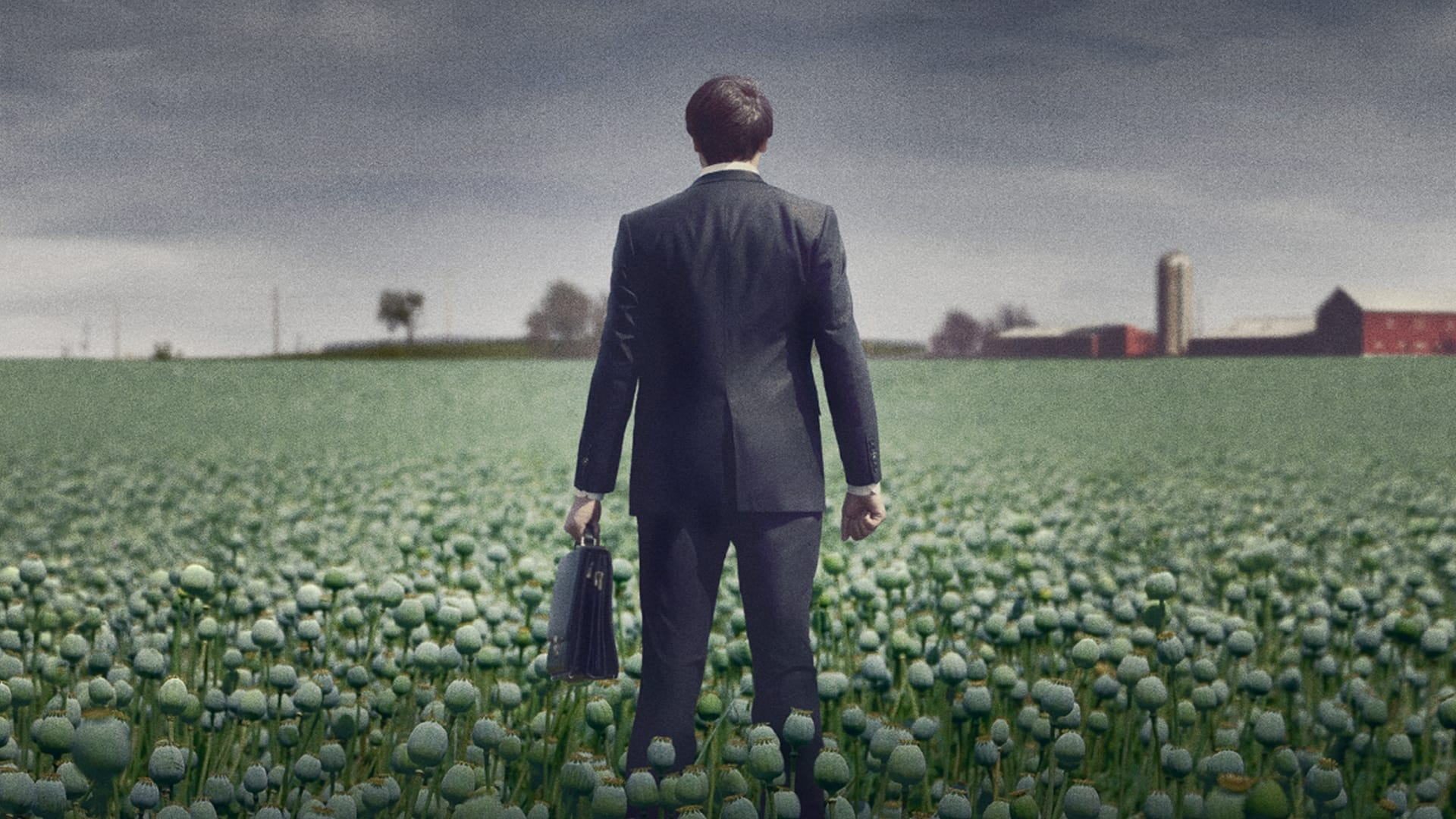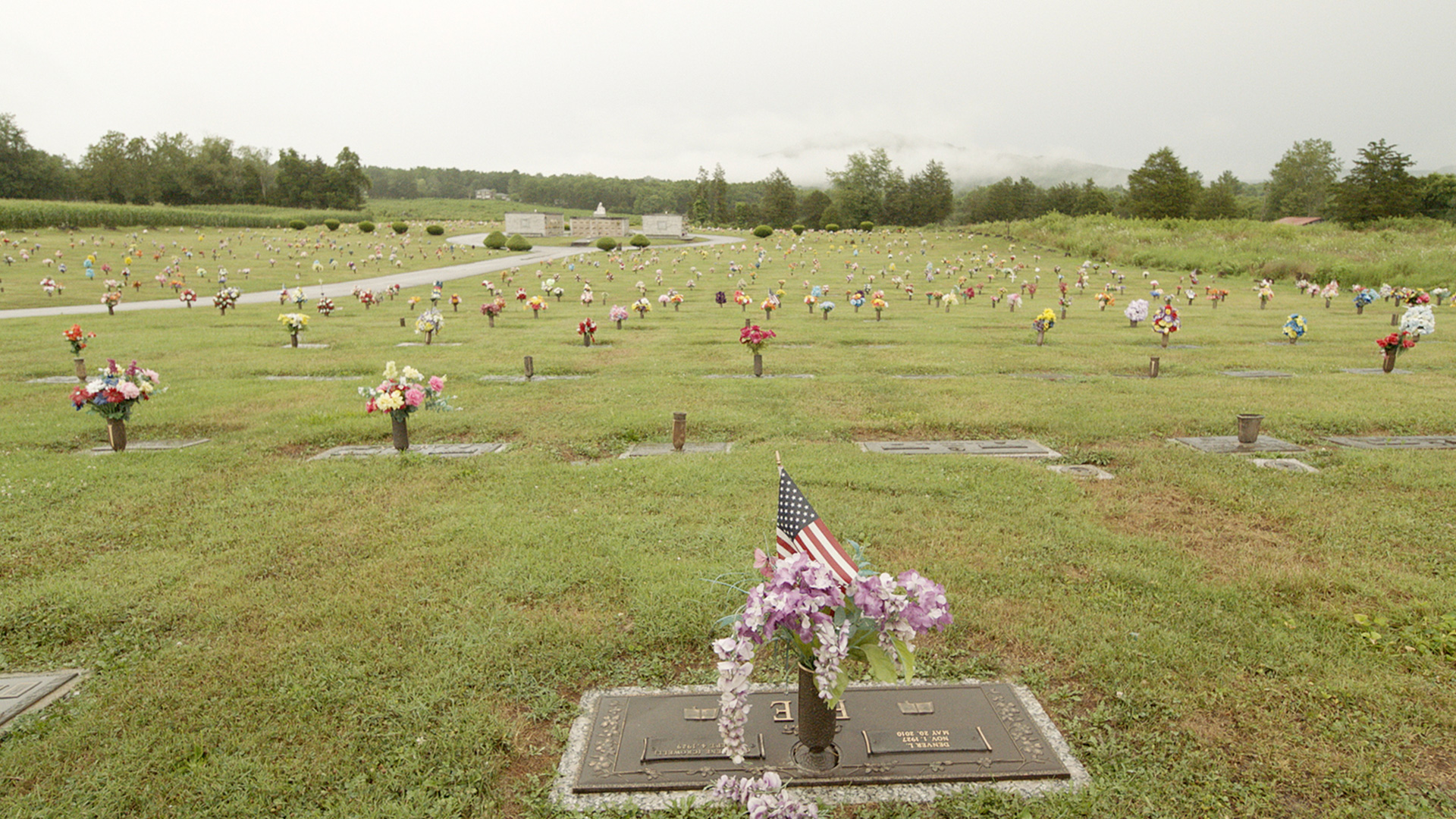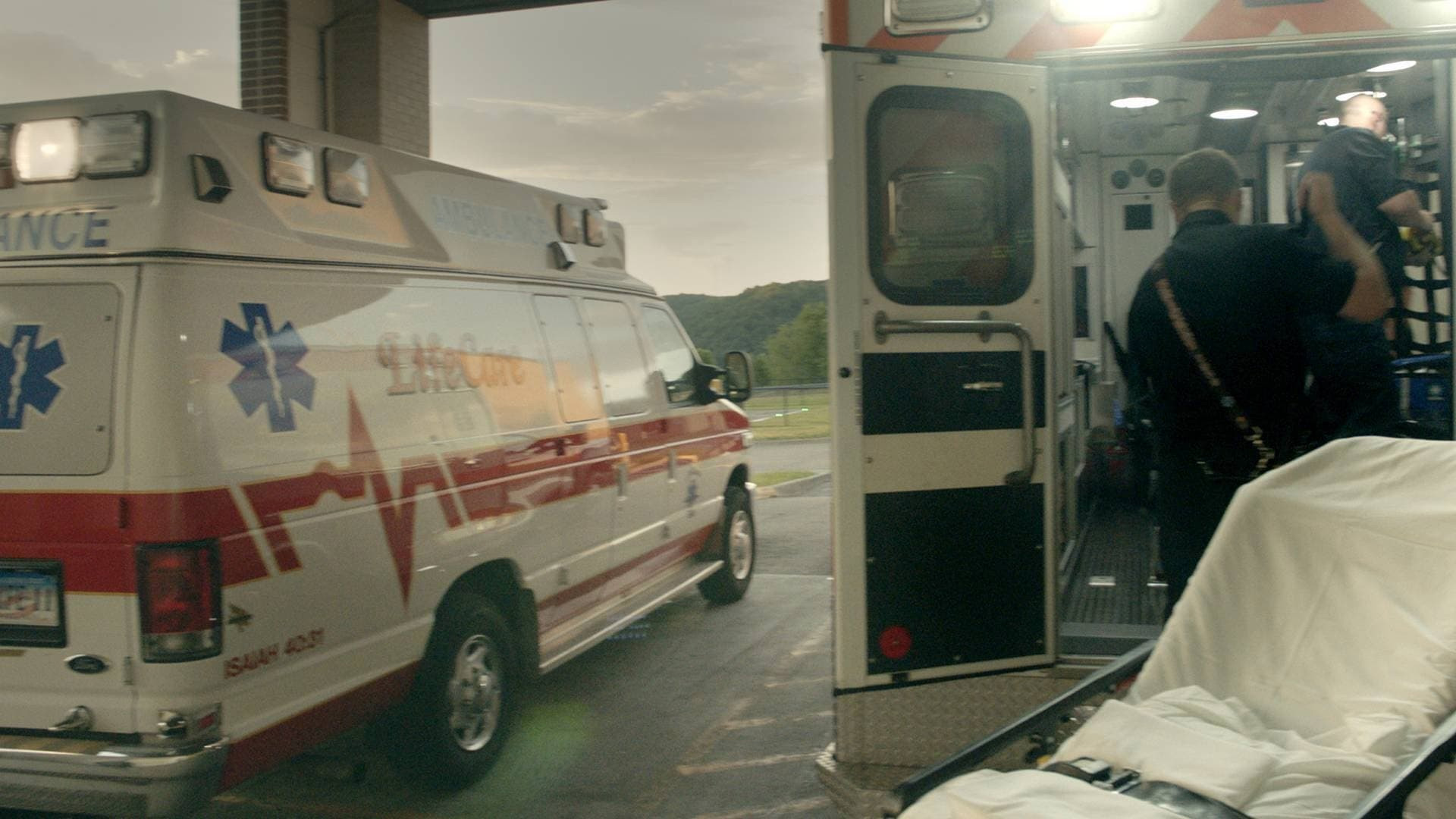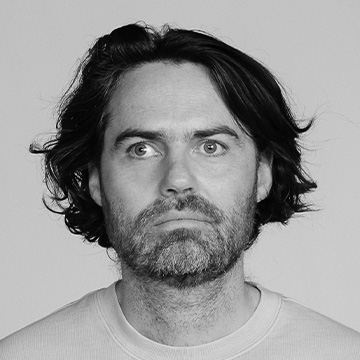The Crime of the Century lays bare one of the most devastating health crises ever


Oscar-winning documentarian Alex Gibney examines the opioid crises in two-part documentary The Crime of the Century – streaming on Neon. Dominic Corry looks at the “relentlessly captivating” doco, one he considers “another triumph for Gibney.”
Documentary filmmaker Alex Gibney is one of the great encapsulators of our time. If there’s a subject or event that feels too overwhelming for examination in cinematic form, Gibney can be relied upon to explore it with conviction, emotion and clarity.
He somehow made the whole Enron debacle comprehensible in his 2005 breakout movie, The Smartest Guys in the Room, and his skills were further evident in subsequent landmark documentaries such as 2007’s Taxi to the Dark Side (which won him an Academy Award) and 2015’s Going Clear: Scientology and the Prison of Belief.
But even Gibney had his work cut out for him with his two-part documentary, The Crime of the Century, which attempts to tackle the opioid crisis, one of the most devastating health crises ever faced in the US, and one which has long been perceived in a nebulous cloud of legal conjecture and unchecked corporate greed.
But Gibney lays it all out in The Crime of the Century, an incredibly compelling four-hour descent into a contemporary hellscape in which half a million people died as a result of some companies enhancing their bottom line. The title is in no way histrionic – this is as close to mass murder as it gets.
The overarching narrative examines how Perdue Pharma bent the law to force addictive painkillers on patients unequipped to handle them and set a template for how other pharmaceutical companies could do the same.
You’ve probably heard of the Sacklers by this point – they are the family who owned Perdue Pharma, which developed Oxycontin, a slow-release opioid painkiller that was essentially heroin in pill form. The company’s aggressive marketing and sales techniques (sales conference footage has never seemed so ominous), political lobbying and corruption of the diagnosis process resulted in an avalanche of prescriptions, and ultimately half a million fatal overdoses over the last 25 years.

Gibney points out how the term “opioid crisis” itself absolves Perdue and the Sacklers of culpability, because it suggests that it was something that just happened. In actuality, none of this just happened, it was all extremely calculated.
Gibney wastes no time in showing the ground-level impact of the opioid situation by opening the documentary with candid footage of emergency services attending an overdose in the suburbs.
He details the history of opioids, and how their harmful nature has often been identified and legislated against. But none of that stopped Perdue from pushing their drug on a nation with a variety of underhanded tactics.
Patriarch Howard Sackler pioneered the idea of using actual doctors and “experts” in medical advertising, and that technique went on to inform every level of how Purdue pushed their product on both the medical profession and the patients themselves. Although the older Sackler died before Oxycontin was developed, his children followed their father’s lead in utilising related methods to get the drug into as many patients as possible.

Much of the deception concerned what kind of pain justified the use of Oxycontin, and how addictive it actually was. As the documentary illustrates, Perdue knew it was addictive, but suppressed those findings. These pills were appropriate for cancer patients as they approached end of life, not teenagers with a knee injury.
As addiction became more and more common, the doctors on the pharma companies’ payroll helped propagate the idea of “pseudoaddiction”, as in these patients aren’t really addicted, they just seem like they are. It boggles the mind.
Gibney is more agile than most filmmakers when it comes to switching between the macro and the micro. The overarching narrative of The Crime of the Century consistently trucks along as he examines specific situations, like how West Virginia first emerged as a hub for opioid addiction.
Some of the most alarming footage comes from former sales reps who detail the aggressive tactics they were expected to deploy. Many tried to raise the alarm about abuse and addiction but were always shut down.

The second half of the documentary details the efforts to properly push back against the problem. But even concerned DEA agents faltered in the face of such monolithic power.
The power of the fourth estate is highlighted, with journalists being some of the first people to really bring the issue to light. (The Washington Post is a co-producer on the documentary.)
Then things really ramp up when fentanyl enters the mass market.
As the problem became more and more apparent, some token legal judgements were doled out, but no Sackler ever faced any personal consequences. Although the power dynamics in play are hugely disheartening at times, the documentary is not without hope. Certain individuals shine through impressively, while others (mostly doctors who lie for money) represent the worst of humanity.
It’s another triumph for Gibney, whose sense of justice (or lack thereof) is felt intensely throughout this relentlessly captivating documentary.

















